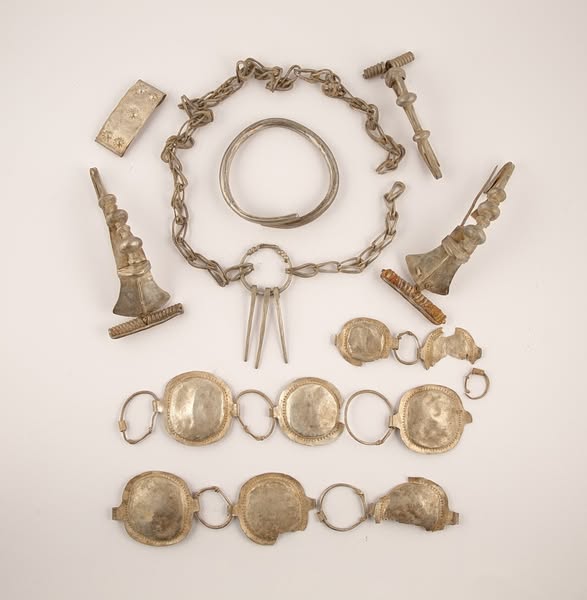
Discovery in Romania Reshapes History of Ancient Dacian Presence
A discovery near the village of Breaza in Mureș County, Romania, is reshaping the history of ancient Dacian presence. The silver treasure, found by amateur metal detectorists Dionisie-Aurel Moldovan and Sebastian-Adrian Zăhan, is considered the first concrete evidence of Dacian settlements in the region.
Exhibited at the Museum of Mureș County, this treasure consists of six meticulously crafted silver ornaments. These pieces include a wide bracelet adorned with vegetal motifs, three fibulae (brooches), a necklace with nail-like dangling ends, and a belt comprising oval and ring-shaped plaques joined together with a rectangular plaque decorated with solar motifs. These artifacts, weighing approximately 550 grams in total, are believed to have belonged to an individual from the Dacian aristocracy.
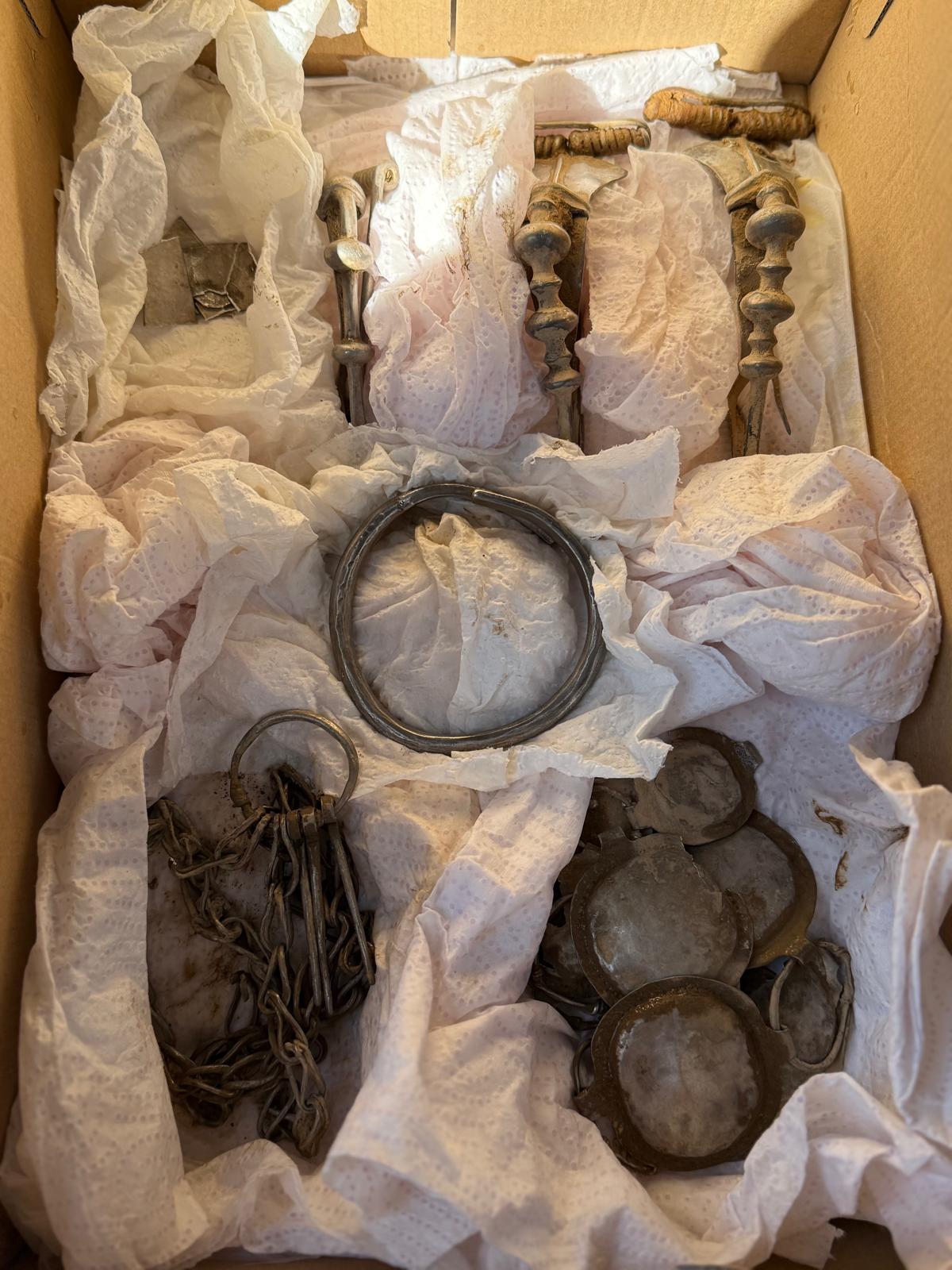
The silver bracelet, in particular, stands out with its elegantly decorated terminal flares featuring vegetal motifs. The fibula set includes two undecorated long pieces with diamond-shaped plaques and a smaller brooch with four round buttons. The necklace terminates in a ring holding three small nail-like pendants, adding a ceremonial air to the collection. The oval plaques and solar plaque of the belt emphasize the symbolic importance of the sun in Dacian culture.
This find raises numerous questions for archaeologists and historians. Were these artifacts an offering to a forgotten deity or a treasure hidden in a moment of crisis? While there is no definitive answer, experts suggest that such practices were common in ancient times, leaving traces of worship or acts of desperation in the soil.
The significance of this discovery is not limited to the artifacts themselves. Previously, there had been no material evidence of Dacian settlements in the Breaza region. This treasure not only confirms the presence of the Dacians in this ancient Dacia region but also provides important insights into Dacian culture and social structures in this area, which corresponds to present-day Romania and Moldova.
Cover Photo: Breaza Mures Municipality City Hall
You may also like
- Discovery in Romania Reshapes History of Ancient Dacian Presence
- New Study: Climate Change May Have Played a Role in the Fall of the Roman Empire
- The Dazzling Treasure of Kibyra: The Medusa Mosaic Reopens to Visitors
- Stunning 2,500-Year-Old Settlement Discovered in North Macedonia
- The 2000-Year-Old Anisa Tablet Found in Kültepe Shows That Greek Was Spoken in Anatolia at That Time
- Revealing the Hidden Voices: How Digital Tools Uncover the Art of Excerpting in Syriac Manuscripts
- Scientists Claim Ancient Cymbals Found in Oman Prove Bronze Age Social and Cultural Interactions
- Roman Settlement Discovered in Delbrück-Bentfeld, Germania
- Palmyra Ancient City, Severely Damaged in the Syrian Civil War, is Being Revisited
- Restoration Work at Persepolis Resumes

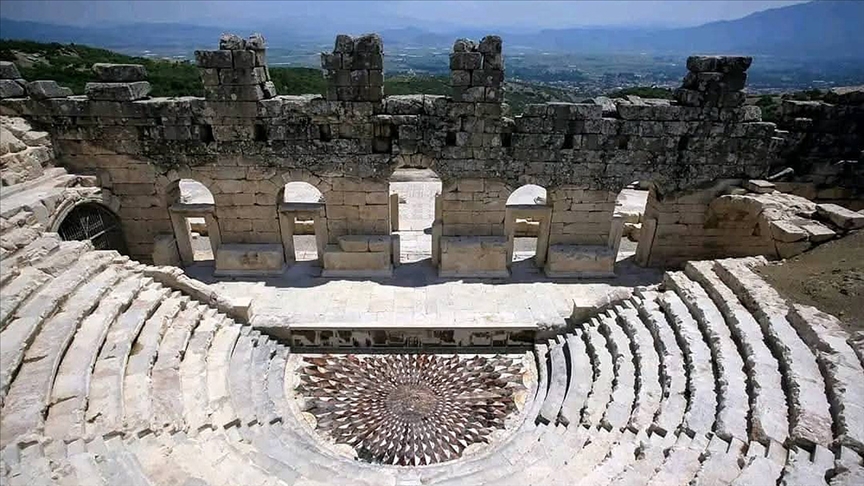
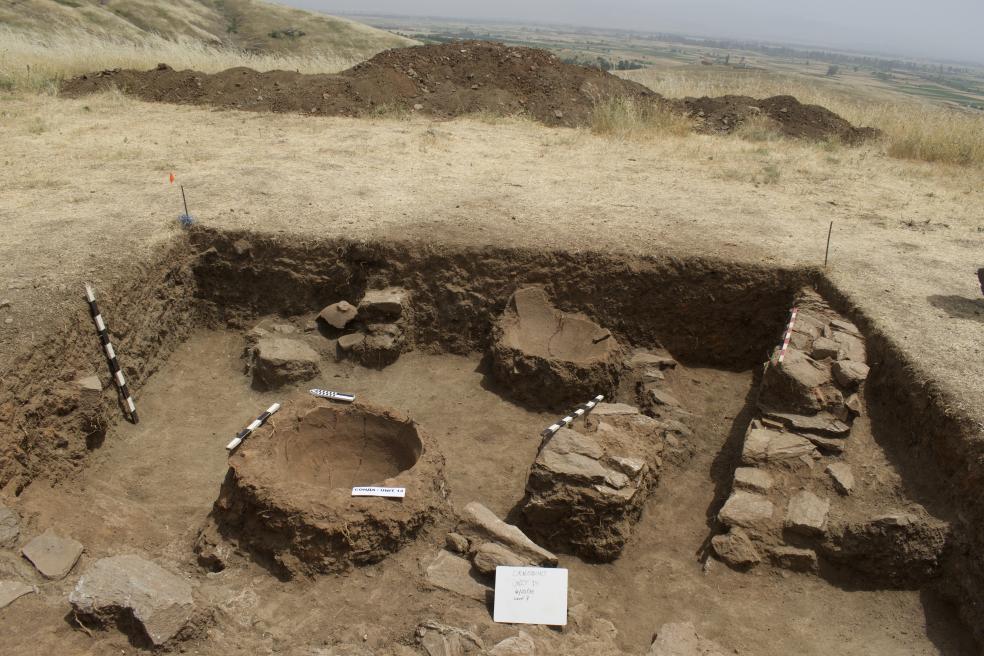
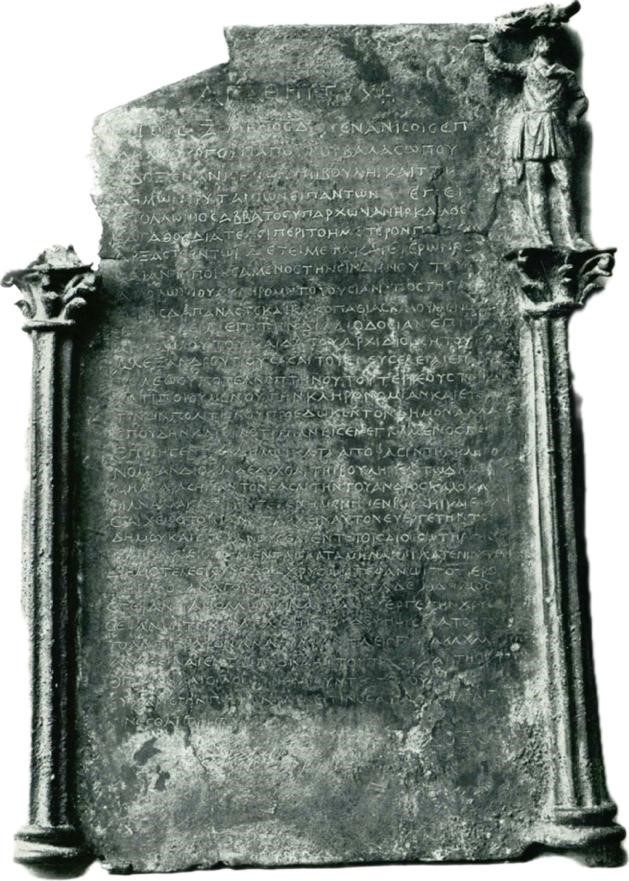
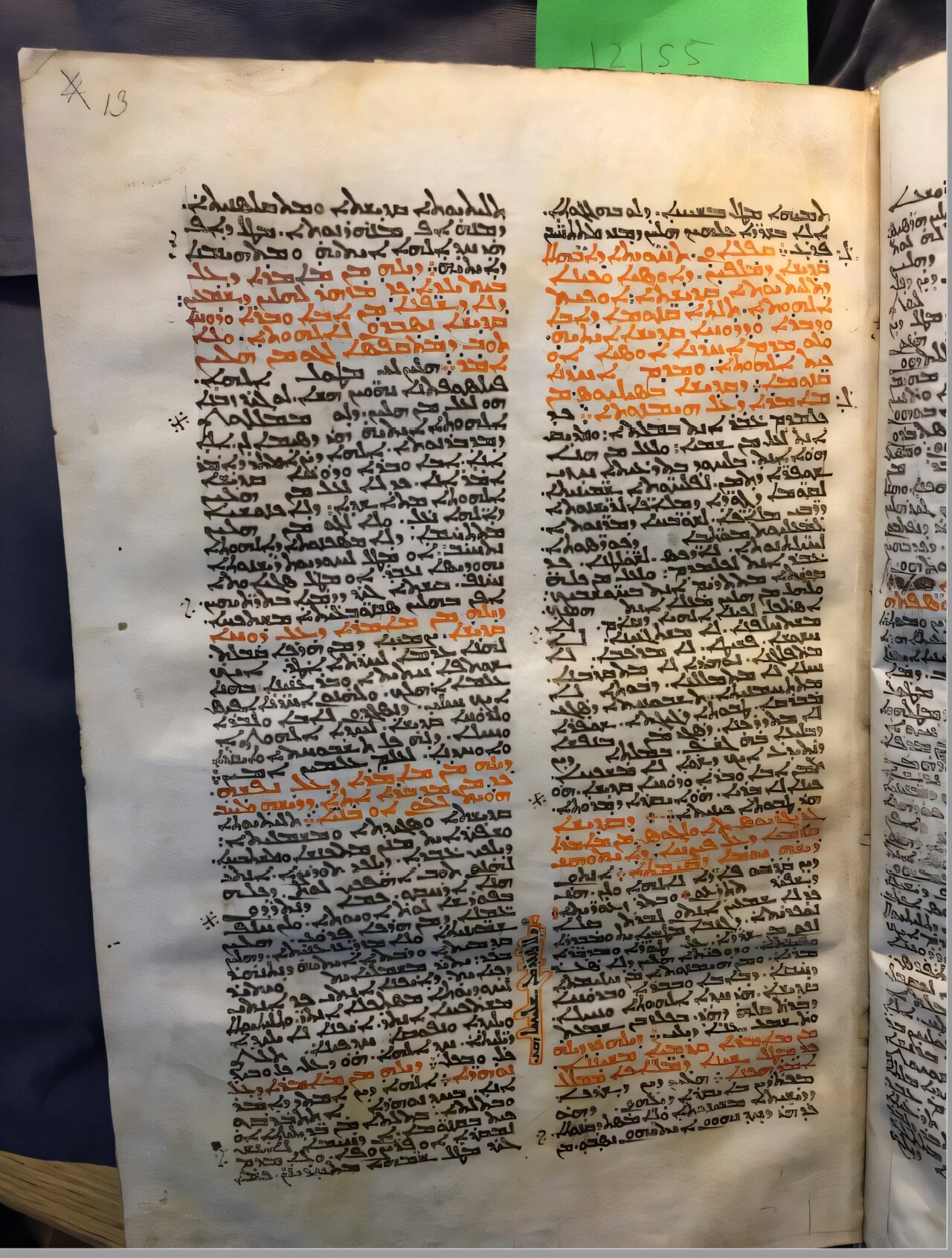
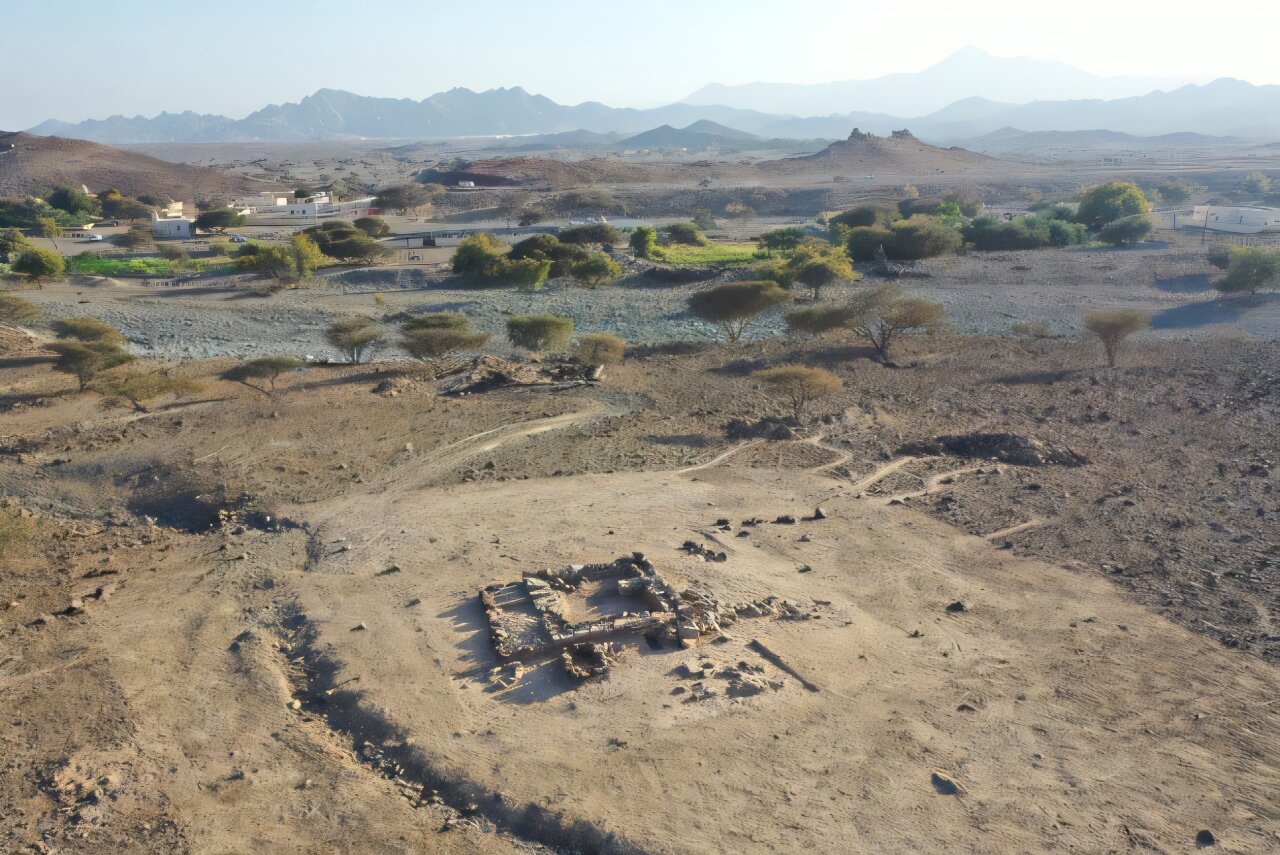
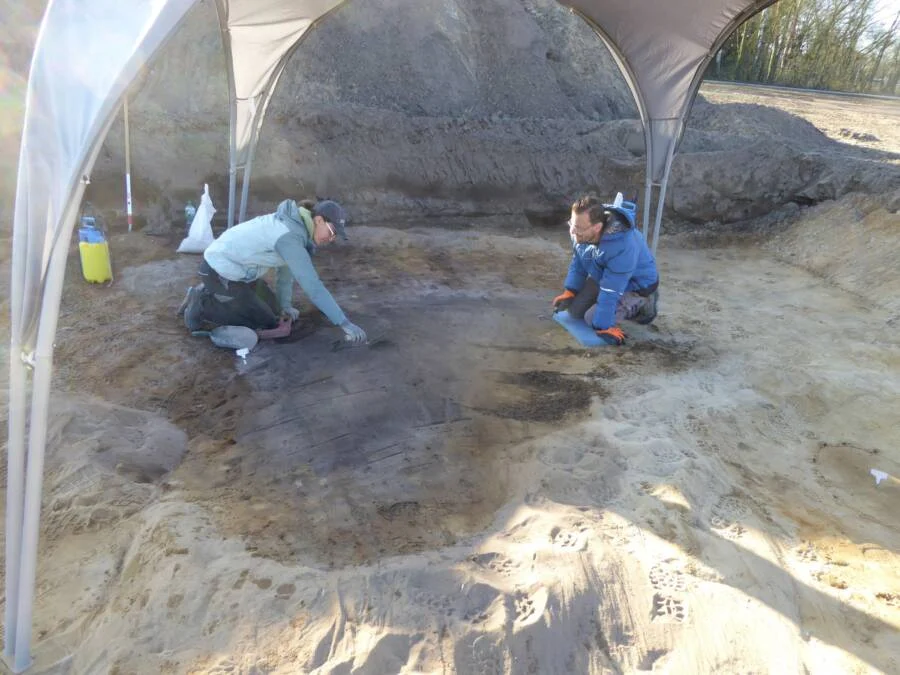

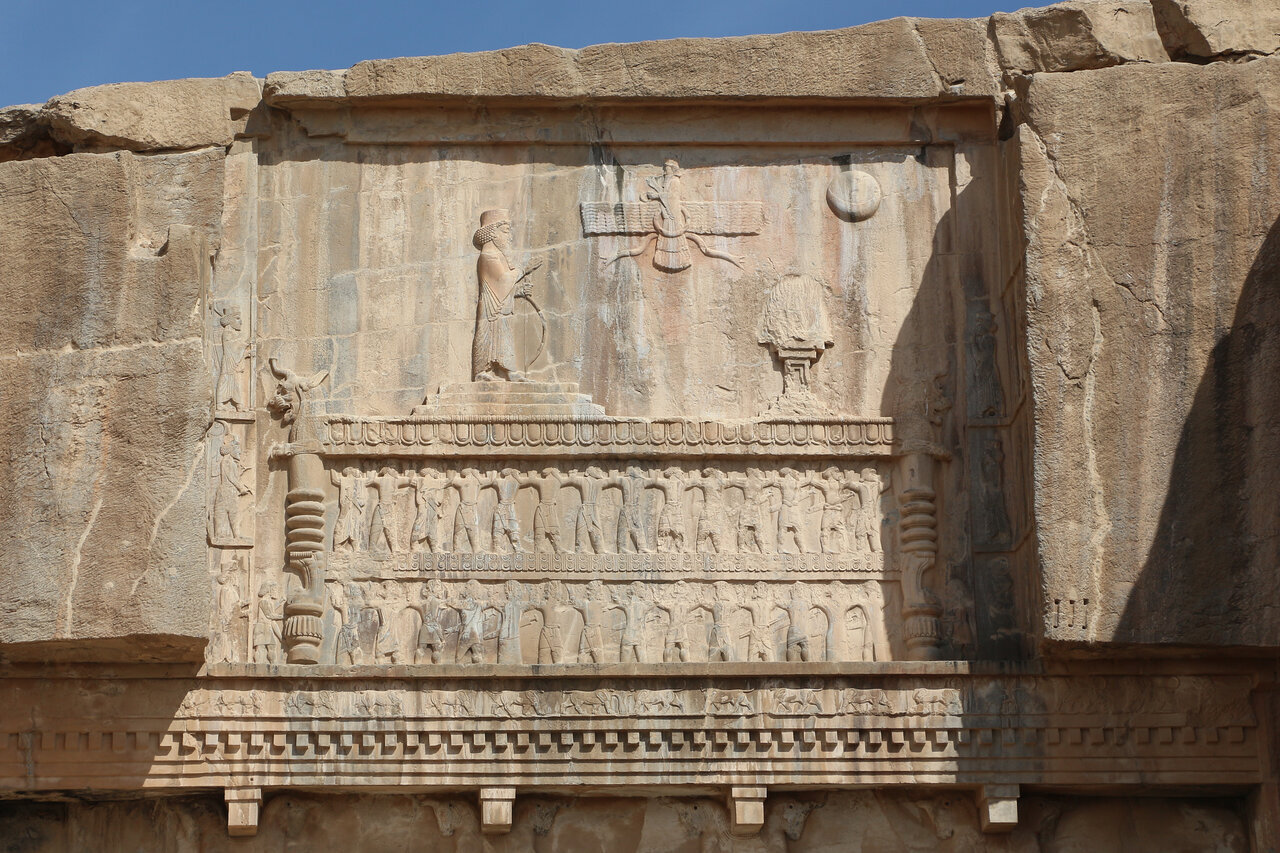
Leave a Reply